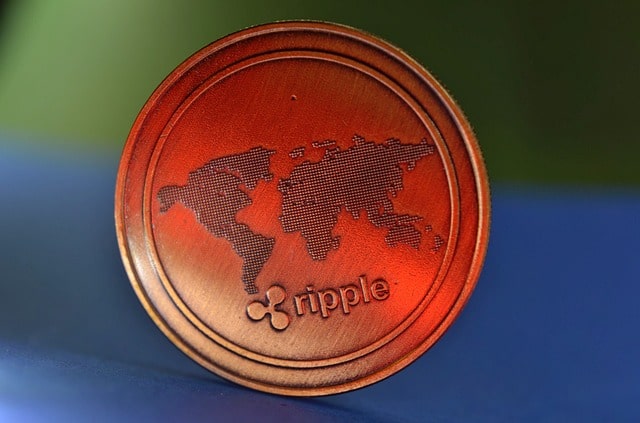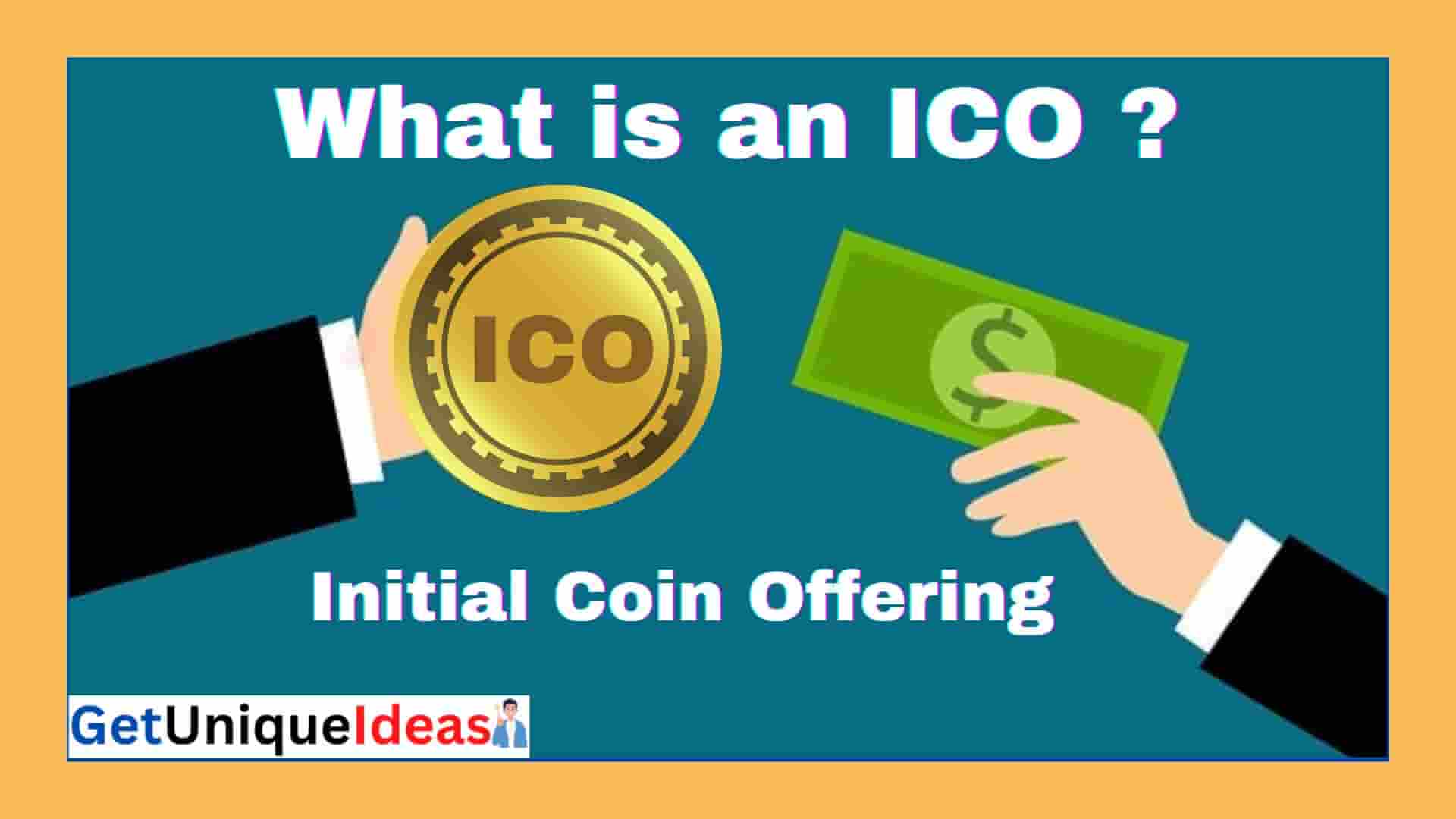Welcome to my blog post on “What is Ripple (XRP) Cryptocurrency”. Ripple (XRP) is a digital currency that was created to facilitate cross-border payments and streamline financial transactions.
It is currently one of the top cryptocurrencies by market capitalization and has been gaining popularity in recent years.
In this post, we will explore the key features of Ripple (XRP), its history, and its potential uses in the future.
Whether you’re a cryptocurrency enthusiast or a newcomer to the world of digital currencies, this post will provide you with a comprehensive overview of Ripple (XRP) and its place in the cryptocurrency ecosystem.

What is Ripple (XRP)?
A digital currency called Ripple (XRP) was developed in 2012 to simplify financial operations and enable cross-border payments.
Ripple, in contrast to other cryptocurrencies, was not intended to take the place of conventional currencies like the US dollar or the euro.
Instead, it was developed to work in conjunction with these currencies and make transactions quicker, less expensive, and more secure.
Ripple’s capacity to settle cross-border payments in real-time is one of its key features.
Traditional cross-border payments typically involve a complex web of intermediaries who each charge a fee for their services and might take days to settle.
On the other hand, Ripple’s technology enables immediate settlement of transactions with minimum fees, making it a desirable alternative for organizations and individuals who must move money across borders quickly and efficiently.
The Ripple Protocol Consensus Algorithm is the name of the system used by Ripple (RPCA).
It is a decentralised system that makes secure and open transactions possible without requiring a centralised authority.
Compared to conventional payment methods, which are susceptible to fraud and hacking, Ripple is therefore more dependable and secure.
The usage of a special currency called XRP by Ripple is one of its primary characteristics.
XRP can be used to convert value between different currencies and is used to speed up transactions on the Ripple network.
For instance, if someone wants to send US dollars to a receiver in Japan, they can first convert the US dollars to Japanese yen using XRP, then transfer the money to the recipient’s bank account.
As a result, the procedure is expedited and made more affordable by removing the need for several currency changes.
In recent years, the financial world has paid close attention to ripple, and many banks and payment processors have adopted its technology.
In reality, Ripple has worked with some of the biggest financial organisations in the world to investigate the application of its technology in their operations, including Santander, American Express, and Standard Chartered.
Buying Guide: How to Buy Ripple (XRP)
If you’re interested in buying Ripple (XRP), here is a step-by-step guide to help you get started:
Set up a cryptocurrency exchange account:
To buy XRP, you’ll need to create an account on a cryptocurrency exchange that supports XRP trading.
Popular exchanges that support XRP trading include Binance, Coinbase, Kraken, and Bitstamp.
Complete the account verification process:
Most exchanges require users to go through a verification process before they can start trading.
This process typically involves providing identification documents, such as a passport or driver’s license, and proof of address.
Fund your account:
Once your account is verified, you’ll need to fund it with fiat currency or cryptocurrency.
Most exchanges support deposits in major fiat currencies, such as USD, EUR, and GBP, as well as popular cryptocurrencies like Bitcoin and Ethereum.
Buy XRP:
Once your account is funded, you can place an order to buy XRP. On most exchanges, you can buy XRP using fiat currency or other cryptocurrencies.
Simply select XRP as the currency you want to buy and enter the amount you want to purchase.
Transfer your XRP to a secure wallet:
After you have bought XRP, it is recommended that you transfer it to a secure wallet that you control.
This will protect your XRP from potential hacking or theft on the exchange.
There are several types of wallets available, including hardware wallets, desktop wallets, and mobile wallets.
Monitor your investment:
Like all investments, the value of XRP can be volatile and may fluctuate over time. It’s important to keep an eye on the market and monitor the value of your XRP investment.
Detailed History of Ripple (XRP):-
⇒ Ripple was created in 2012 by Ripple Labs, a San Francisco-based fintech company.
⇒ Ripple aimed to enable faster, cheaper, and more secure cross-border payments by leveraging blockchain technology.
⇒ The Ripple Payment Protocol was released in 2012, which allowed for direct, peer-to-peer transactions between parties.
⇒ The Ripple Protocol Consensus Algorithm (RPCA) was introduced in 2012, which enabled the network to settle transactions in real-time.
⇒ XRP, the digital currency used on the Ripple network, was released in 2013 to facilitate transactions and serve as a bridge currency between different currencies and assets.
⇒ Ripple gained significant attention from the financial industry, with many banks and payment processors adopting its technology, including partnerships with Santander, American Express, and Standard Chartered.
⇒ In 2017, the value of XRP rose rapidly, reaching an all-time high of over $3 in early 2018.
⇒ Ripple continued to make progress and launched a number of new products and partnerships.
⇒ In 2020, Ripple was hit by a lawsuit from the US Securities and Exchange Commission (SEC) alleging that XRP was an unregistered security.
⇒ The lawsuit led to several exchanges delisting XRP from their platforms, and the case is still ongoing, with significant implications for the future of Ripple and the cryptocurrency industry.
Ripple (XRP) Price History:-
Here is a brief overview of Ripple (XRP) price history over the years:
- In August 2013, Ripple was first launched and its initial price was around $0.005 USD.
- Throughout 2014, XRP price fluctuated between $0.002 USD and $0.007 USD.
- In May 2017, XRP saw a sudden surge in price, reaching an all-time high of $3.84 USD by January 2018.
- However, the price of XRP gradually decreased in the following months and fell to around $0.20 USD by the end of 2018.
- In 2019, XRP experienced some moderate price fluctuations, ranging from around $0.25 USD to $0.50 USD.
- In late 2020 and early 2021, XRP price surged again, reaching an all-time high of $3.40 USD by April 2021.
- However, after the U.S. Securities and Exchange Commission (SEC) filed a lawsuit against Ripple in December 2020, the XRP price dropped significantly.
- September 2021, XRP price was fluctuating between $0.60 USD and $1.30 USD.
- In late 2022 and early 2023 XPR price fluctuating b/w $0.36 USD and 0.37 USD
Please note that cryptocurrency prices are highly volatile and subject to change rapidly, and this information is only a brief overview of Ripple (XRP) price history.
Ripple (XRP) vs Bitcoin: Key differences and similarities:-
Ripple (XRP) and Bitcoin are both cryptocurrencies, but there are several key differences and similarities between the two:
Differences:-
Purpose: Bitcoin is primarily used as a decentralized digital currency for peer-to-peer transactions, while Ripple was designed to facilitate fast, low-cost international payments for financial institutions.
Blockchain: Bitcoin uses a decentralized blockchain to maintain a ledger of transactions, while Ripple uses a centralized ledger called the XRP Ledger.
Mining: Bitcoin can be mined using a proof-of-work consensus algorithm, while Ripple uses a consensus algorithm that does not rely on mining.
Supply: Bitcoin has a fixed maximum supply of 21 million coins, while Ripple has a large total supply of 100 billion coins, but only a fraction of them are currently in circulation.
Similarities:-
Digital assets: Both Bitcoin and Ripple are digital assets that exist solely in digital form.
Decentralization: Although Ripple’s ledger is centralized, both Bitcoin and Ripple are decentralized in the sense that they are not controlled by any government or financial institution.
Volatility: Both Bitcoin and Ripple have experienced significant price volatility in the past, although Bitcoin is generally considered to be more volatile.
Potential Risks and Challenges of Investing in Ripple (XRP):-
As with any investment, there are potential risks and challenges associated with investing in Ripple (XRP). Some of these risks include:
Regulatory risks:
Ripple has faced legal challenges related to its status as a security, and there is ongoing uncertainty regarding how it will be regulated in various jurisdictions.
Changes in regulations or unfavorable legal rulings could have a negative impact on XRP’s value.
Market risks:
Like other cryptocurrencies, XRP is subject to market fluctuations and volatility.
Its value can be influenced by a range of factors, including investor sentiment, adoption rates, and technological developments.
Competition risks:
Ripple is not the only player in the cross-border payments space, and it faces competition from established financial institutions as well as other fintech companies.
Liquidity risks:
XRP is less widely traded and less liquid than some other cryptocurrencies, which can make it more challenging to buy and sell quickly, especially in times of market volatility.
Technology risks:
While Ripple’s technology has shown promise in terms of speeding up cross-border payments, there is always the risk of technological challenges, such as security breaches or network outages.
Future Outlook of Ripple (XRP) in the Cryptocurrency Market
Ripple (XRP) has faced a number of legal challenges in recent years related to its status as a security and its alleged involvement in unregistered securities offerings.
This has led to some major exchanges delisting or suspending trading of XRP, which has had a negative impact on its market value.
However, Ripple has been working to resolve these legal issues and has made progress in recent months.
In addition, the company has continued to develop and expand its cross-border payments network, which has the potential to be a significant player in the global financial system.
If Ripple can successfully navigate its legal challenges and continue to build out its network, it could potentially see increased adoption and market value in the cryptocurrency market.
However, regulatory and competitive pressures may also impact its future outlook.
Conclusion:-
A cutting-edge cryptocurrency called Ripple (XRP) is revolutionising the way financial institutions handle international transactions.
Ripple has the potential to play a key role in the global financial system thanks to its quick, inexpensive payment method and expanding partner network.
Although Ripple has encountered certain regulatory and legal obstacles, the business has made headway in resolving these problems and continues to broaden its product offerings.
Ripple’s distinctive value proposition may position it for long-term success as the cryptocurrency industry develops and more financial institutions adopt blockchain technology.
Other Links:-





